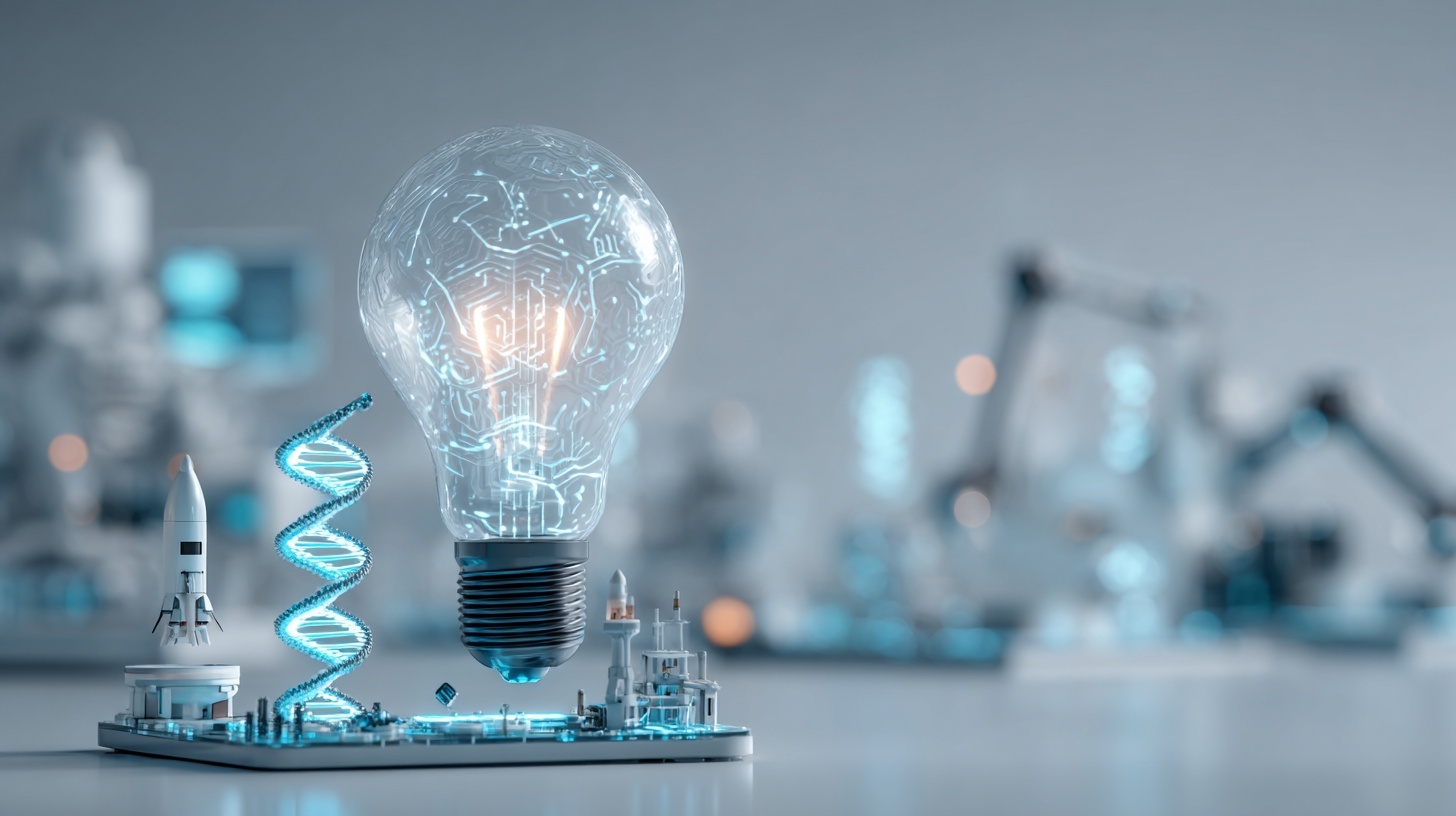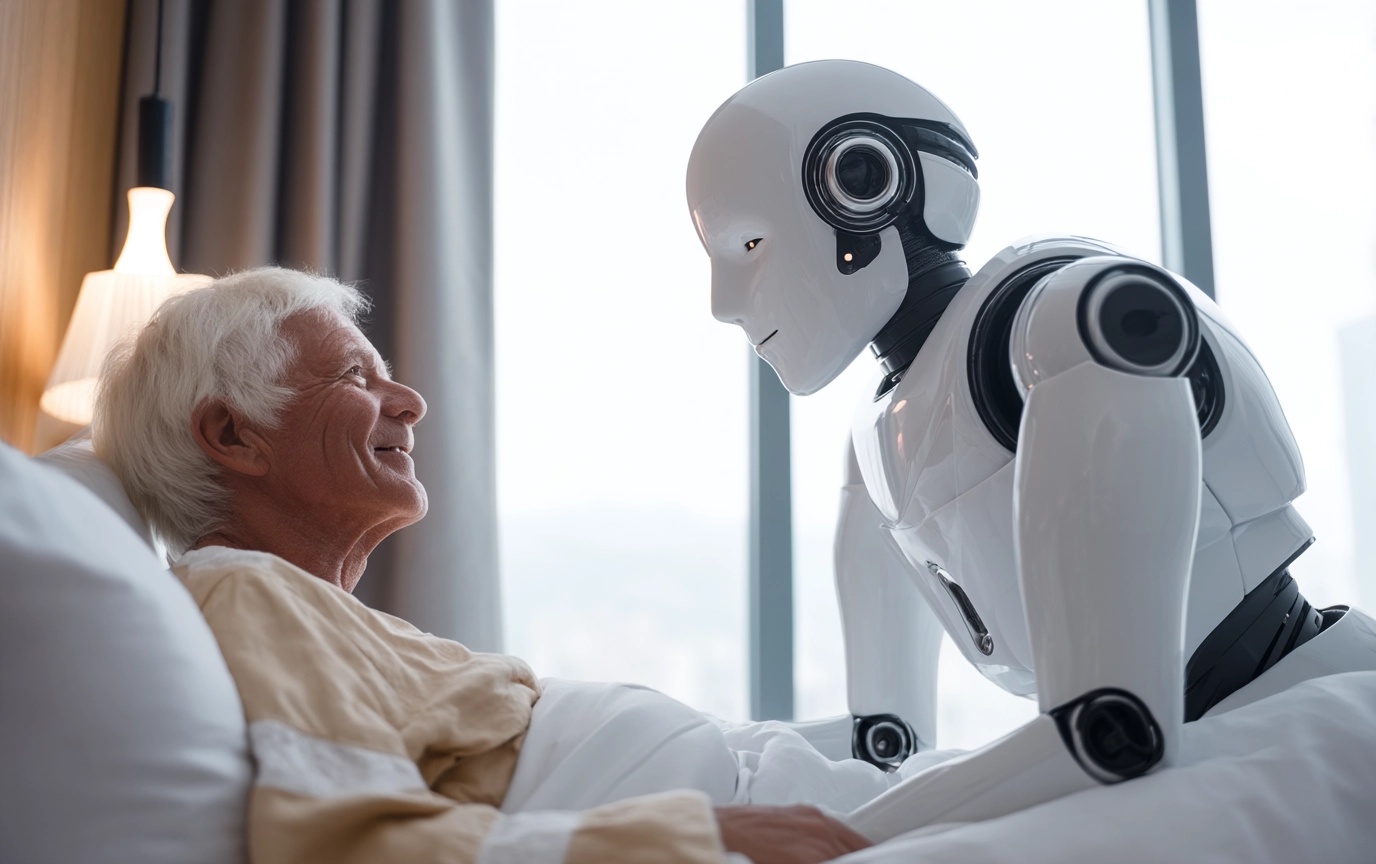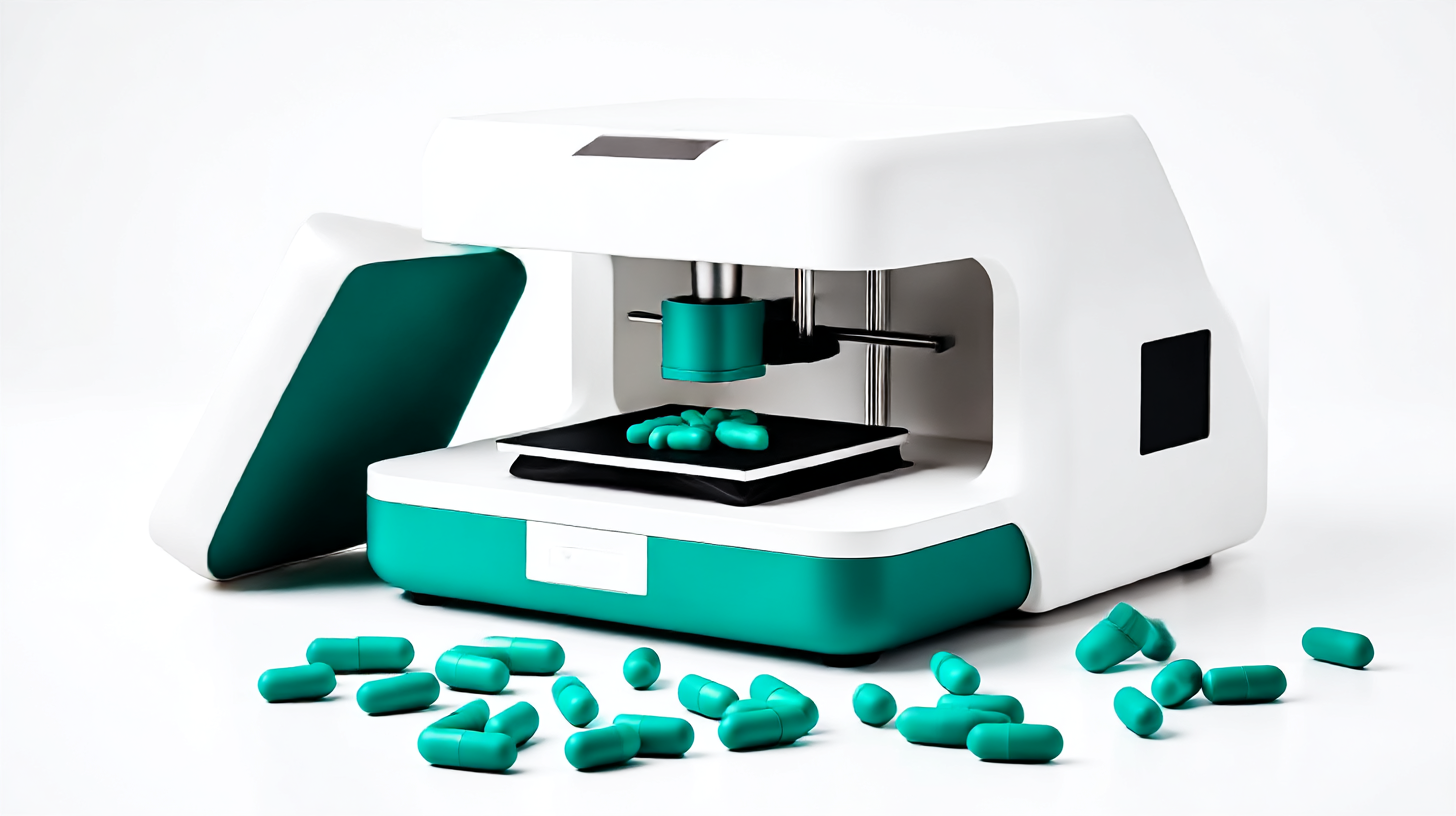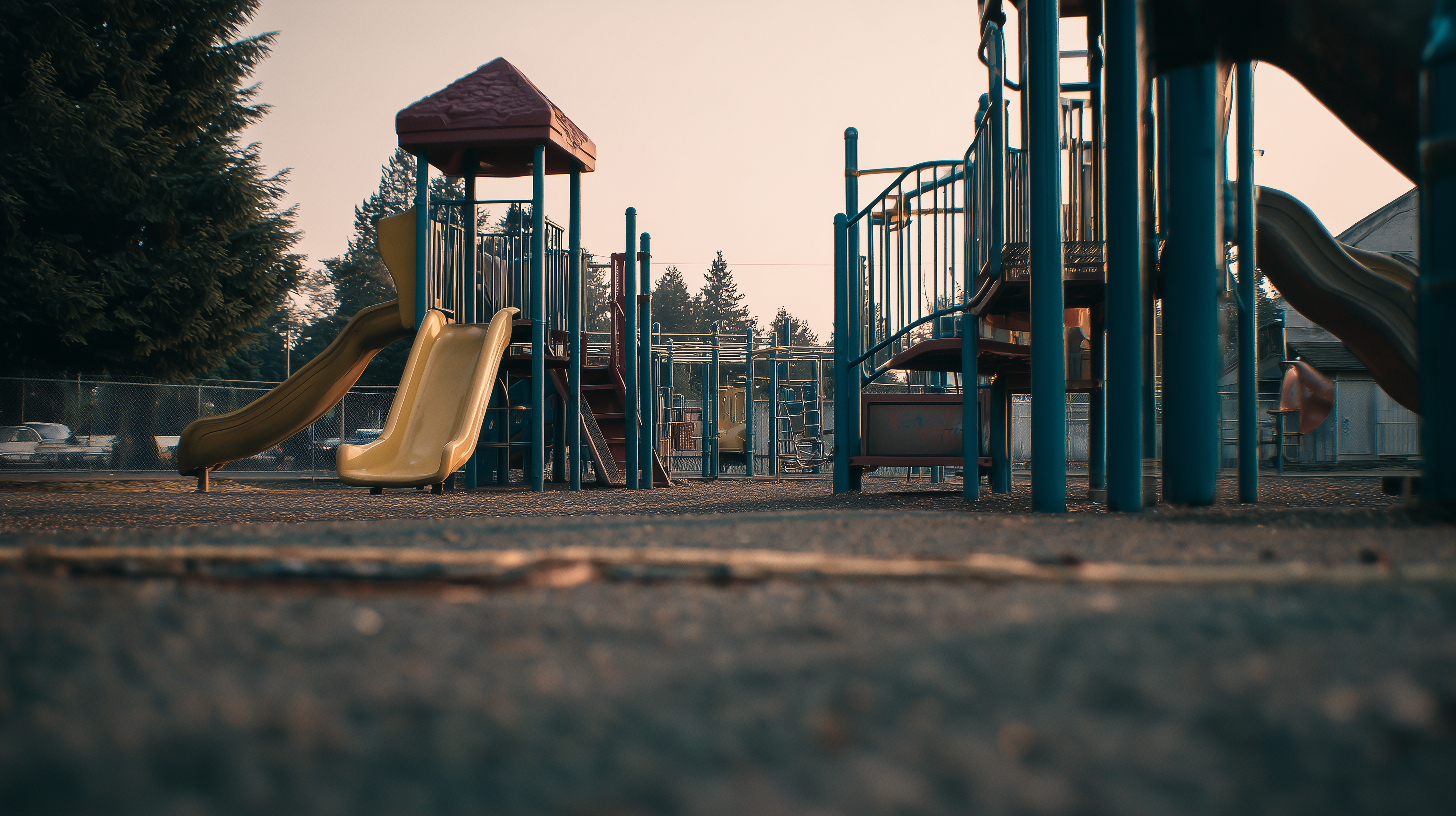By Futurist Thomas Frey
When Science Fiction Became Tuesday Afternoon
2025 wasn’t just another year of incremental tech improvements. It was the year AI agents started working autonomously, robots learned by watching, and machines began managing their own money. It was the year gene editing moved from labs to clinics, batteries finally broke their improvement plateau, and brain-computer interfaces crossed from experiments to everyday applications.
Most importantly, 2025 was the year we stopped talking about the future and started living in it. The technologies we’ve been predicting for years didn’t arrive gradually—they hit commercial viability almost simultaneously, creating a convergence that’s reshaping every industry faster than institutions can adapt.
Here are the 13 accomplishments that made 2025 the inflection point where everything changed.
Continue reading… “The Year Everything Changed: 2025’s 13 Tech Breakthroughs That Rewrote Reality”












